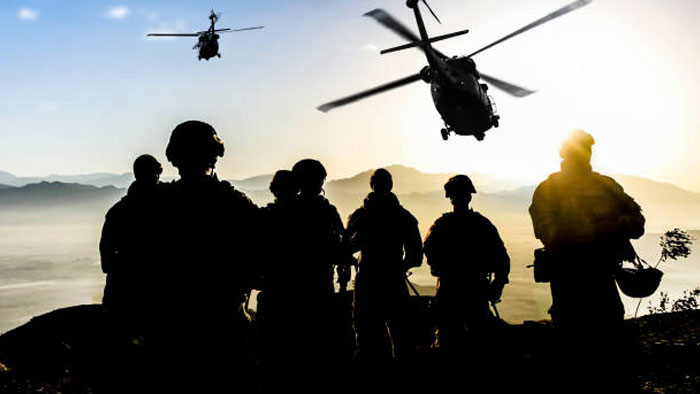Should Certain Transgender Individuals Be Barred from Military Service?

INTRODUCTION
On June 30, 2016, during the presidency of Barack Obama, Secretary Ash Carter announced that the Department of Defense was “ending the ban on transgender Americans in the United States military” after a year-long study conducted by the RAND Corporation (Department of Defense). Citing findings from the study that detailed “minimal readiness impacts” and “exceedingly small” proportions of healthcare costs, Secretary Carter detailed implementation considerations related to his announcement, including that “otherwise qualified servicemembers can no longer be involuntarily separated, discharged, or denied reenlistment or continuation of service just for being transgender.”
As a result of Secretary Carter’s 2016 announcement, the Department of Defense planned to begin accepting new transgender recruits by July 1, 2017 (POLITICO). These new recruits would be required to have been “stable in their identified gender for 18 months” before entering the military (Department of Defense). However, the next Secretary of Defense, Jim Mattis, delayed this deadline by six months; this announcement occurred right before President Donald Trump tweeted that “transgender individuals” would not be allowed to serve in the military “in any capacity” (POLITICO). Then, on March 23, 2018, President Trump issued a memorandum that stated: “persons with a history or diagnosis of gender dysphoria — including individuals who the policies state may require substantial medical treatment, including medications and surgery — are disqualified from military service.”
A series of related legal and political battles ensued throughout President Trump’s first term. Shortly after assuming the presidency in 2021, Joe Biden signed an executive order reversing the Trump administration ban. And upon President Trump’s return to the White House in 2025 for his second term, he issued an executive order that would again bar individuals “with the medical, surgical, and mental health constraints” related to gender dysphoria from military service (The White House).
So what should be done? This deliberation presents ten video clips, five articles, and numerous educational activities to guide students through a review of the debate over whether certain transgender individuals should be barred from military service. After a careful review of multiple perspectives, students will determine their answer to the question and be presented with several optional extensions to take an active role in the debate.
Objectives and Outcomes
- Students will be able to describe key vocabulary terms and concepts associated with the debate surrounding whether certain transgender individuals should be barred from military service.
- Students will be able to identify and explain aspects of the debate surrounding whether certain transgender individuals should be barred from military service, including those arguments related to diversity and equity, readiness and lethality, and efficiency and cohesion, among others.
- Students will be able to evaluate arguments related to the debate surrounding whether certain transgender individuals should be barred from military service and formulate an opinion on this question.



